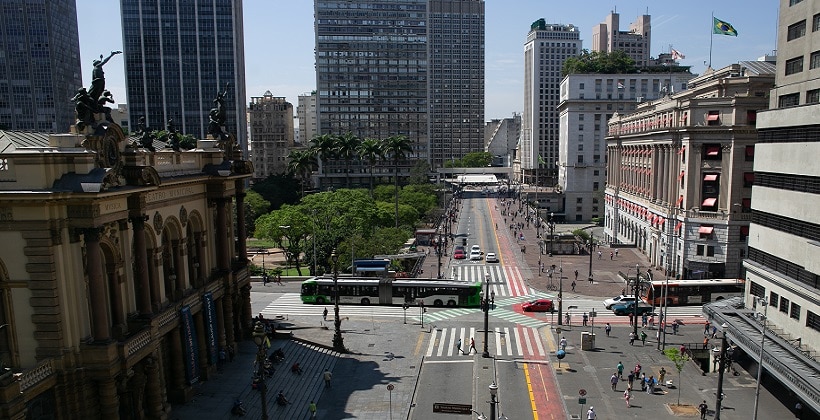Lesson
Part of: Reducing Demand for Vehicle Trips in Cities
Managing Demand for Urban Trips
BOOKMARK
Another idea is to manage the demand – the number of trips generated daily.
Transport Demand Management (TDM) is a way to reduce the number of trips, alter the time that a trip occurs, or eliminate the necessity for the trip. It also aims to optimize single-occupancy vehicle trips and foster more sustainable choices, thus increasing transport system equity and affordability.
Such policies are gaining momentum, since they spread peak hour trips, relieving public transport occupancy-agglomeration.
TDM strategies are less expensive and quick to implement — and can have measurable impacts in the short term.
